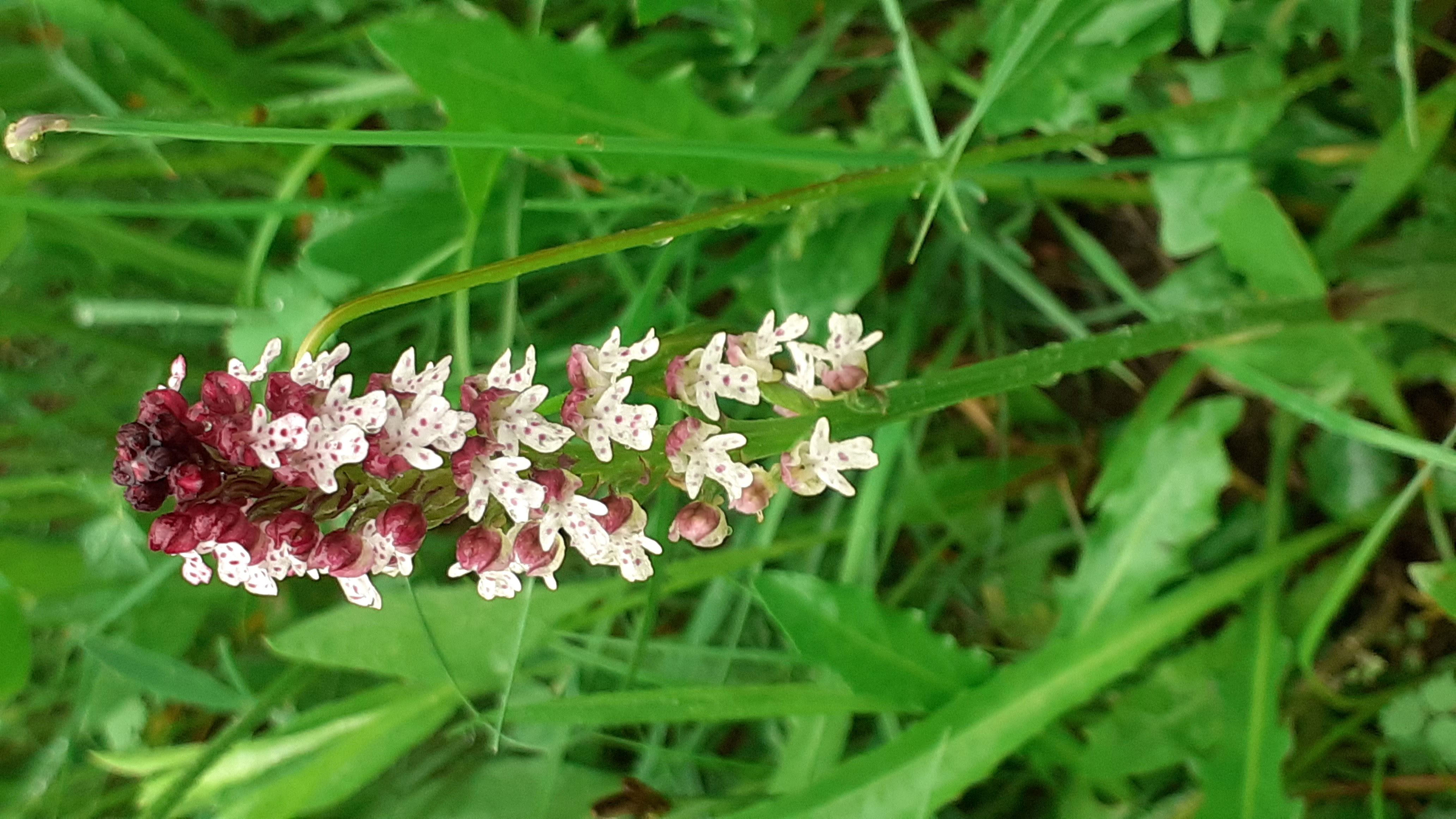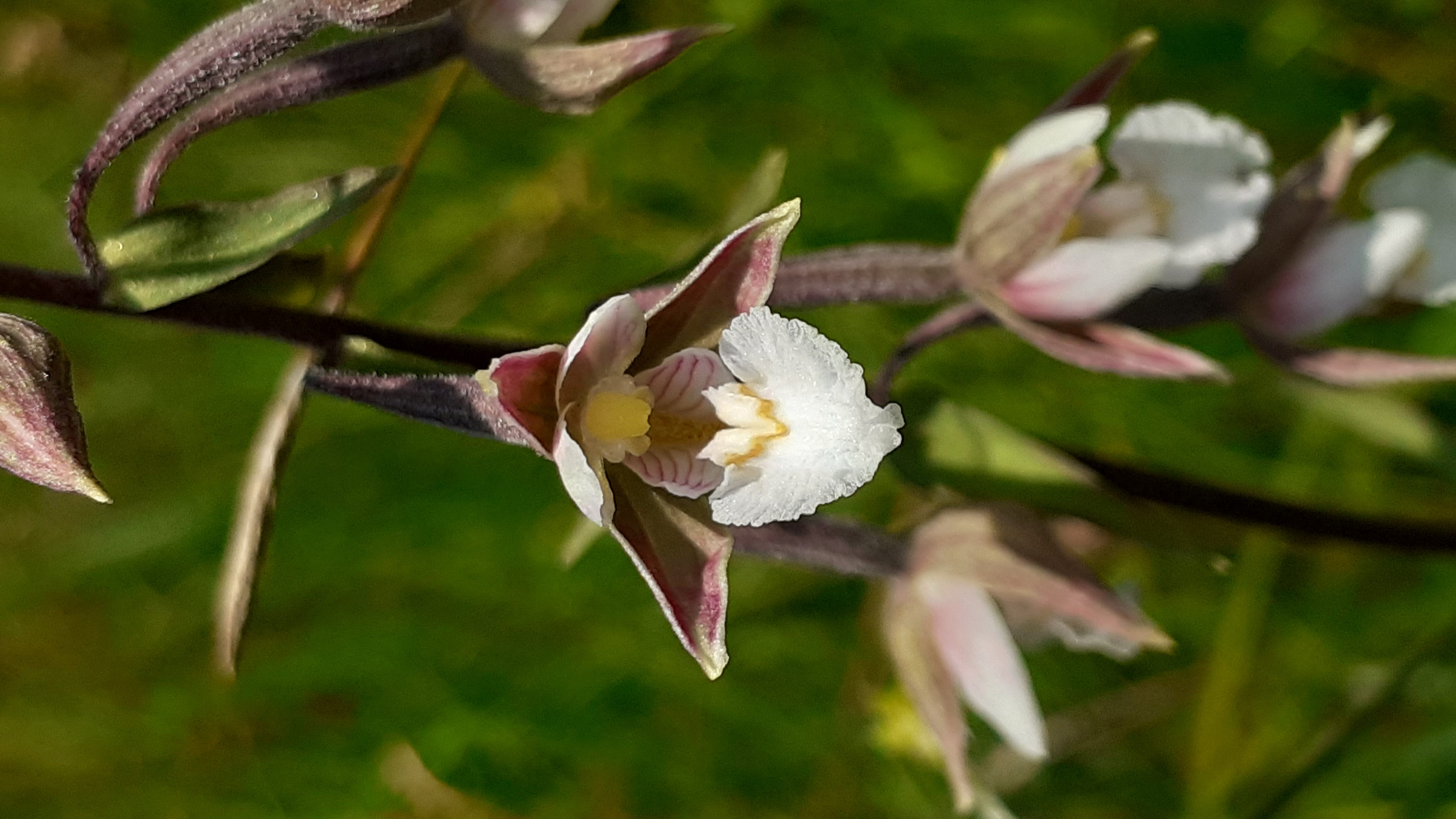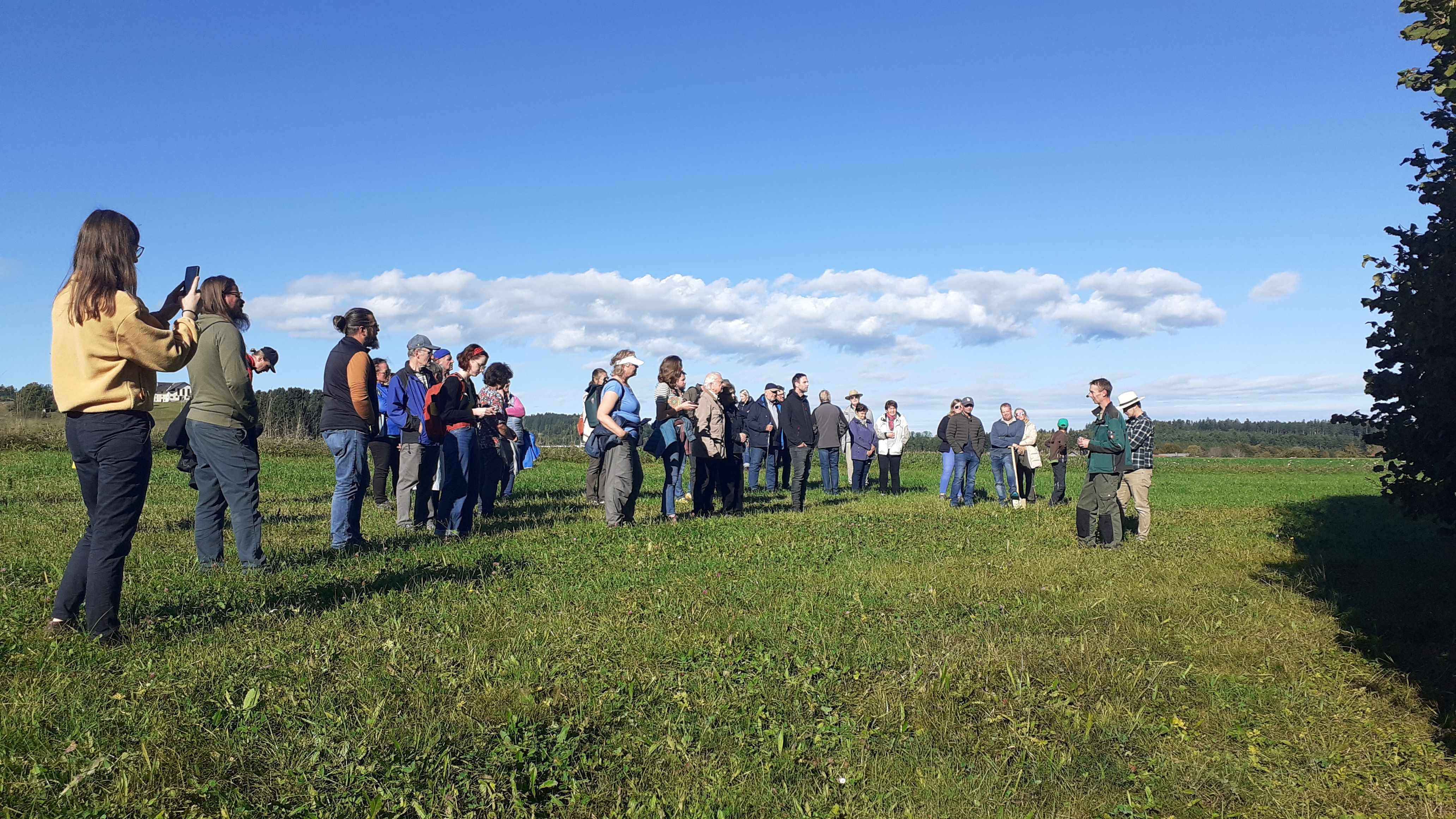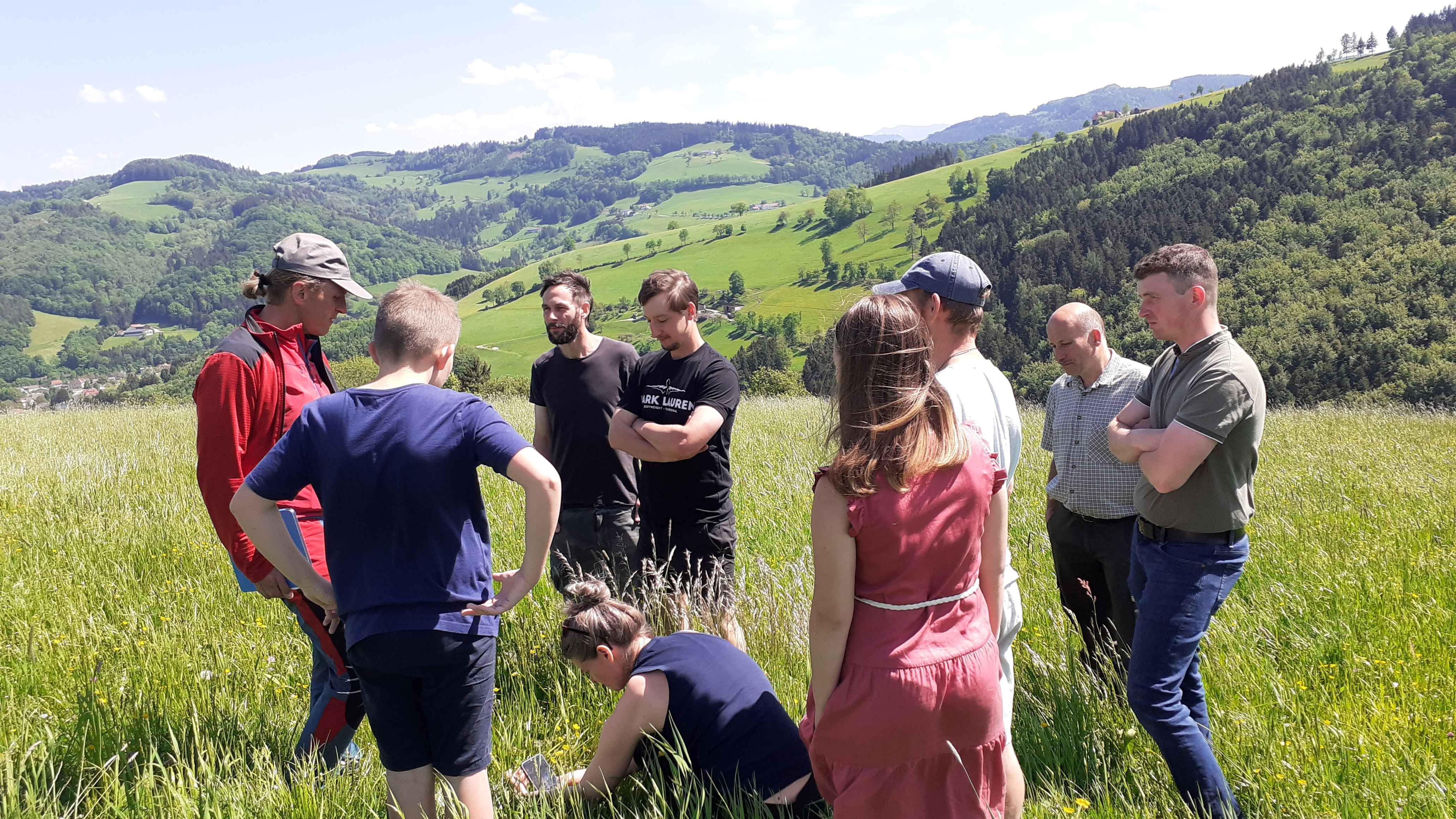The project made it possible to bring of biodiversity Together, species-rich oat meadows and flowering strips created. Old grass is no longer mowed when cleaning the pastures, but is left on the grassland areas or pastures as a shelter for insects . In general, more space is now given to nature in the fields, for example wet meadows are used more extensively because, as farmers say, they do not lack this food.
In order to document the progress of biodiversity-promoting measures, qualitative and quantitative surveys on birds and insects, as well as vegetation, were carried out by scientists from the Bio Institute of HBLFA Raumberg-Gumpenstein and BOKU at the beginning and end of the project period.
On some farms, the presence of rare orchids such as the marsh orchid (Epipactis palustris), the fox's orchid (Dactylorhiza fuchsii), the wild orchid (Neotinea ustulata), the male orchid (Orchis mascula) or the long-leaved forest bird (Cephalanthera longifolia) was found become. Among the insects, specimens of the Viennese peacock butterfly (Saturnia pyri), the belly locust (Polysarcus denticauda), the Alpine longhorn beetle (Rosalia alpina) and the brown-spotted fritillary butterfly (Boloria selene) caught the eye. Of course, long-term extensive cultivation of the farm's land is a prerequisite for this.


Burnt Orchid (Neotinea ustulata) Marsh Orchid (Epipactis palustris)
Consumers are also involved in the project work through farm festivals or citizen science events and are made aware of local biodiversity. In addition to these events, excursions were organized. For example, the Farmer Cluster in Salzburg's Flachgau met at Andreas Badinger's farm to exchange information about biodiversity on his farm.

Excursion with Andreas Badinger

Citizen science meetings with farmers
nesting boxes for local birds were built in collaboration with ÖKL In spring 2024, the Framework farmers visited the “Naturhof” Wieser and gained insights into the sustainable concept and the agroforestry system of the farm. The project runs until October 2025, so far the Farmer Cluster has made a lot of changes for biodiversity . We are grateful for the openness and motivation of the participating companies and look forward to an exciting final year in the framework project.








